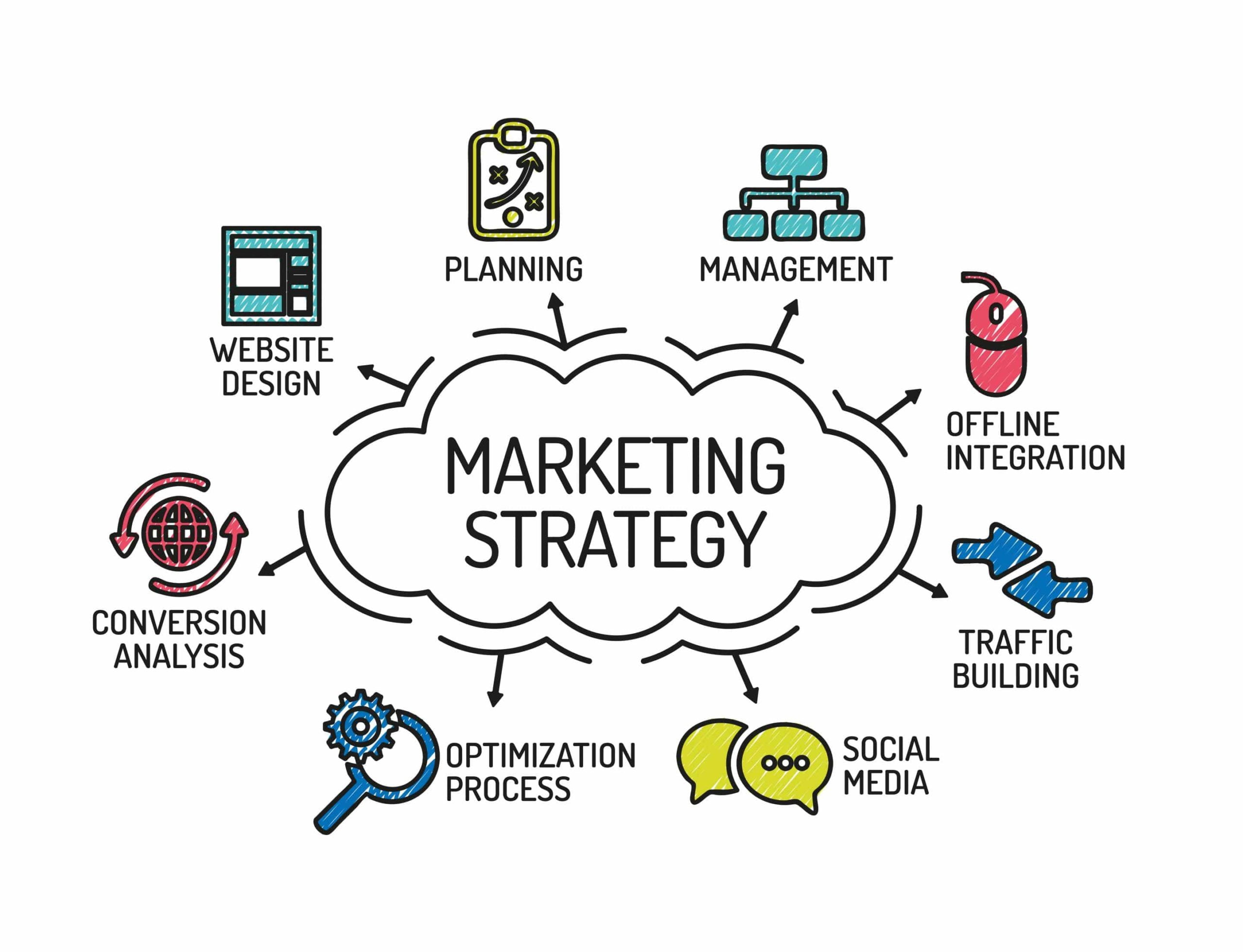Since 2009, Microsoft has made and met a sequence of commitments to lessen the company’s carbon footprint. While we’ve made progress towards our intention of reducing our operational carbon emissions by seventy-five percentage by way of 2030, the value and velocity of the arena’s environmental modifications have made it increasingly more clear that we have to do extra. And we are taking new steps to do just that.
This internal Microsoft “tax” was mounted in 2012 to keep our business divisions financially liable for decreasing their carbon emissions. Today, we pronounce that we will nearly double our inner carbon fee to $15, consistent with a metric ton on all carbon emissions. The funds from this higher price will each hold Microsoft’s carbon neutrality and help us take a tech-first method to position sustainability at the center of every part of our commercial enterprise and technology to work for sustainable consequences. In practice, this means we’ll keep our residence in order and improve it whilst increasingly addressing sustainability challenges around the world via engaging our strongest assets as an organization – our employees and our technology.
Today, I’d like to proportion new steps we’re taking in 4 regions:

Building sustainable campuses and records facilities
We will continue to build, renovate and perform our campuses in a way that reduces our effect on the environment. At our headquarters in Redmond, Washington, we’ve commenced work to construct 17 new homes totaling 2.Five million square ft. We will get rid of fossil fuels from these new homes and run this new addition, in addition to the rest of our campus, on a hundred percent carbon-loose strength. We also are lowering the quantity of carbon-related to the development substances of our new buildings by at least 15 percentage, to reach 30 percent, thru a brand new online tool. Combined with our clever constructing era, Microsoft may be the primary huge company campus to attain zero-carbon and 0-waste goals.
In our statistics facilities, we will continue to consciousness on R&D for performance and renewable power. In 2016, we announced that we’d power our records centers with extra renewable power, placing a 50 percent goal with the aid of the cease of 2018 and topping 60 percent early inside the next decade while continuing to improve from there. We hit the primary goal almost a yr beforehand of agenda, and these days we are sharing the news that we can attain the 60 percent milestone earlier than the give up of this year. We’re therefore placing our next milestone at the route to 100 percent renewable power, aiming to surpass the 70 percent goal by way of 2023. We’ll also launch a new statistics-driven circular cloud initiative using the Internet of Things (IoT), blockchain, and synthetic intelligence (AI) to display overall performance and streamline our reuse, resale, and recycling of facts center property servers.
We may also upload water to our lengthy-status carbon and power commitments, launching a new water replenishment approach wherein we will update what our operations consume in water-stressed regions using 2030.
Accelerating research through data technology
Data is a crucial part of our paintings and an international transition to a low-carbon future. Data can assist inform us approximately the health of our planet, which includes the conditions of our air, water, land, and the nicely-being of our flora and fauna. But we want generation’s assistance to seize this huge number of records and convert it into actionable intelligence. Despite dwelling inside the Information Age, we are nonetheless too regularly flying without real insights when it comes to environmental information.
We based our AI for Earth program in 2017 with this assignment in mind. Since then, we’ve released two new APIs that help provide the scale and flexibility to convert how human beings working on sustainability issues system facts and generate valuable insights. More than 230 grantees at the moment are the usage of Azure and AI to create new models and discover new insights. But we have discovered there’s still extra we will do to boost up this painting.
Today, we’re committing to hosting the world’s main environmental records units on Azure. These huge government datasets contain satellite and aerial imagery, amongst different things, and require petabytes of storage. By making them available in our cloud, we will strengthen and boost the work of grantees and researchers worldwide. We can even hold paintings to deliver new APIs and programs to the AI for Earth gallery and mature tasks into platform-degree offerings as we’ve done with land cover mapping.






